One of the defining moments of the 2010s supercar era was the 1,200 horsepower Bugatti 16/4 Veyron Super Sport smashing the previous McLaren F1 top speed record. Bugatti came out with the engineering marvel that was the Veyron and all of a sudden the word “supercar” no longer seemed quite enough to describe how much better it was that we had to invent the term “hypercar” to best encapsulate it.
McLaren MP4-12C
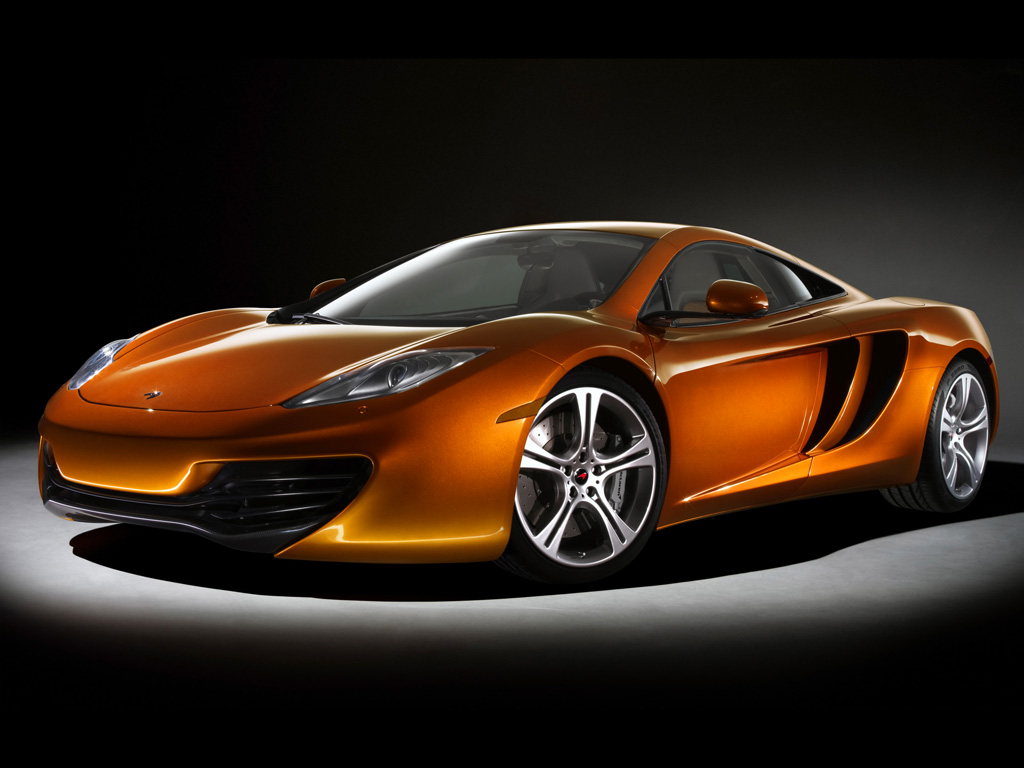
The McLaren MP4-12C makes use of Formula 1-sourced technologies such as “brake steer”, where the inside rear wheel is braking during fast cornering to reduce understeer. Power is transmitted to the wheels through a seven-speed dual-clutch transmission manufactured by SSG.
The entire drivetrain is the first to be entirely designed and produced in house by McLaren.
Koenigsegg Regera
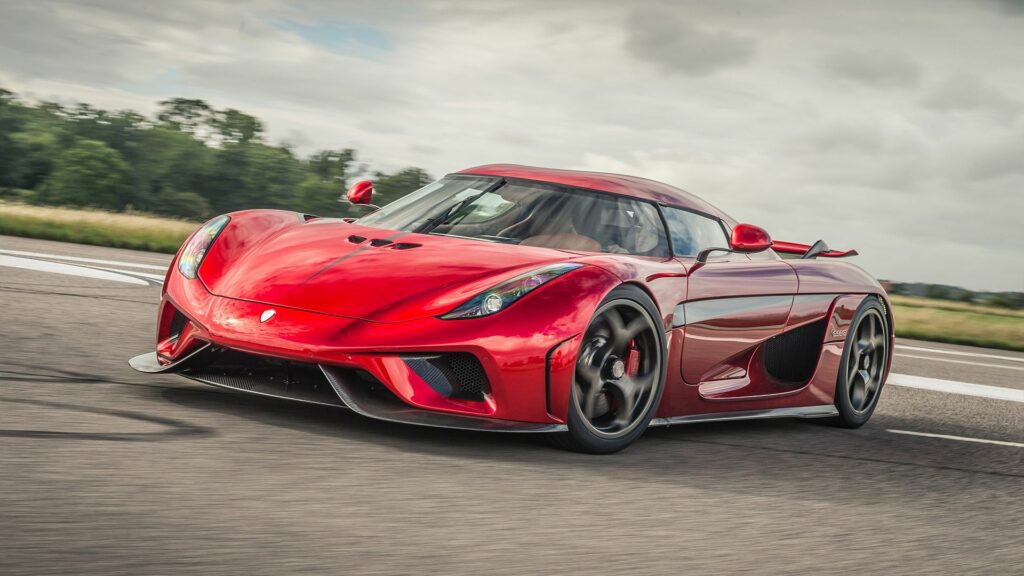
The 2016 Koenigsegg Regera is definitely one of the hybrid supercars. Koenigsegg launched at the 2015 Geneva Motor and since then it generated too much hype among many car lovers and enthusiasts. As we got used to by this manufacturer, the exterior of 2016 Koenigsegg Regera is definitely one of the hybrid supercars. is made in “batmobile manner”. Its appearance is very futuristic and for sure it won’t leave you indifferent. The basic design is not too much different from previous models and we can say that’s a good thing.
Lamborghini Sesto Elemento
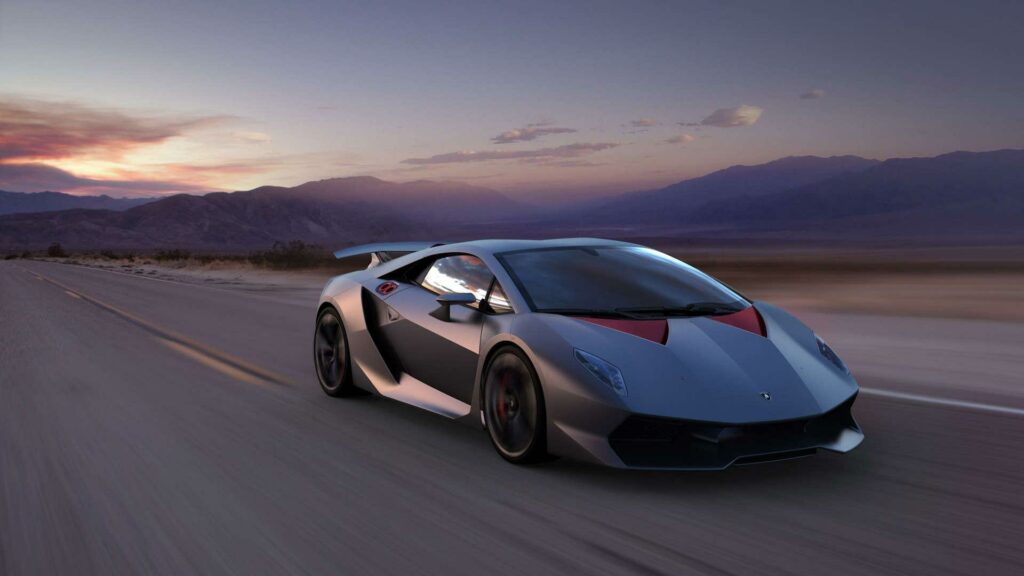
Lamborghini Sesto Elemento Supercar
Lamborghini is redefining the future of the super sports car with a unique technology demonstrator. Boasting an extremely lightweight construction thanks to advanced carbon-fiber technology, the Lamborghini Sesto Elemento has an overall curb weight of just 999 kilograms (2,202 lb) – including V10 power unit and permanent all-wheel drive. With its amazing output of 570 hp, sensational power-to-weight ratio of only 1.75 kilograms per hp and 0 to 100 km/h (0-62 mph) acceleration of only 2.5 seconds, the Sesto Elemento guarantees unparalleled driving fun. At the same time, fuel consumption also drops because of the extreme lightweight engineering applied throughout.
Lexus LFA Nürburgring Package

To celebrate the LFA’s hat-trick of class wins at the Nürburgring 24 Hours race, Lexus has created the Nürburgring Package, an array of aerodynamic features, suspension adjustments and revisions to the 4.8-litre V10 engine that give the supercar a more track-focused profile. Shown in public for the first time at the Geneva motor show, the performance option is available on just 50 of the 500 cars that will be built. These versions will be crafted during 2012, the second full year of LFA production.
Ferrari 599 GTO
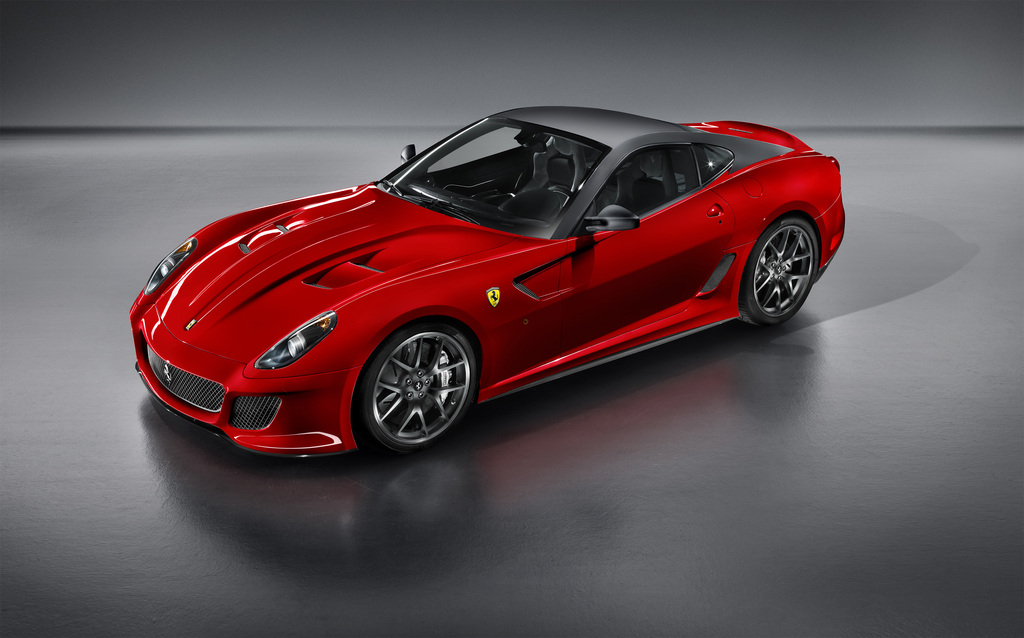
Following cars such the 250 GTO or 288 GTO is not a task taken lightly. In their time, both were the ultimate expression of Ferrari aimed squarely at motor sport, so how can 599 GTO currently compare?. Really, it can’t. The 599 doesn’t have the same motor sport aspirations as the other GTOs and the name would probably be more appropriate for the 599XX track day version. What the new model does showcase is what the 599 should have been from its onset in 2006. The Larger brakes, more power and better aerodynamics ensure that the entire edition of 599 cars will be sold with little fuss.
Ferrari LaFerrari
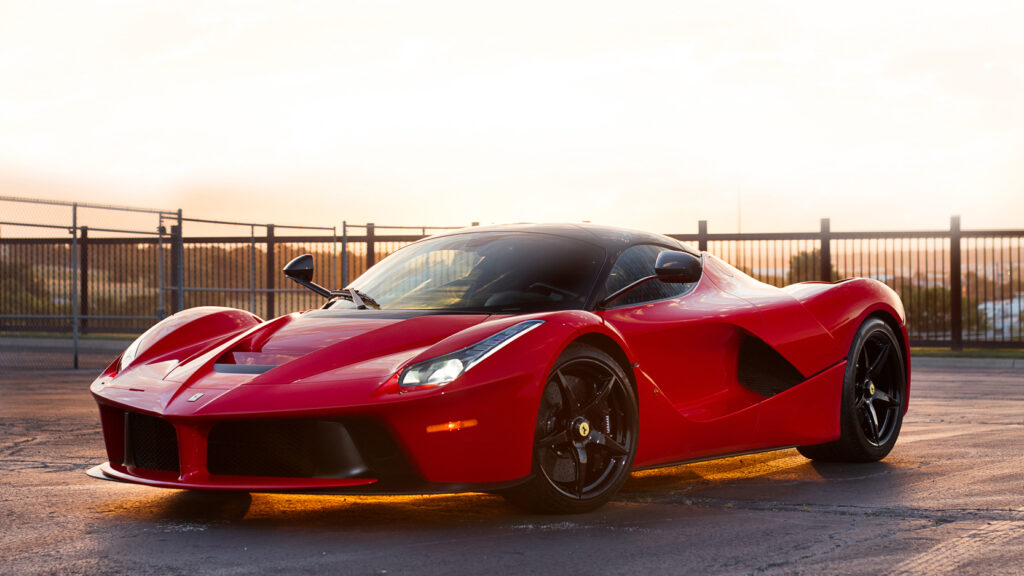
Announced in 2013 as a 2014 model year, the LaFerrari is Ferrari’s horse in the hypercar fight. Limited to just 499 examples (although since an additional 210 Aperta open-top LaFerraris have been produced), the LaFerrari featured a Formula-One derived HY-KERS system – an electric motor teamed to a 6.3-litre V12. Some would shirk at the concept of a hybrid Ferrari, but while enhanced efficiency is a by-product of the LaFerrari’s powertrain, this was by no means Ferrari’s motivation with the system. Following in the footsteps of legendary Ferrari halo cars as the 288 GTO, the F40, F50 and Enzo, the LaFerrari had its work cut out from the start. Add to that competition – yes, at this insane level of performance and prestige – from Porsche and McLaren with their hybrid hypercars, the 918 and P1, and this ultimate Ferrari model had a lot to deliver in order to stand out.
Bugatti 16/4 Veyron Super Sport
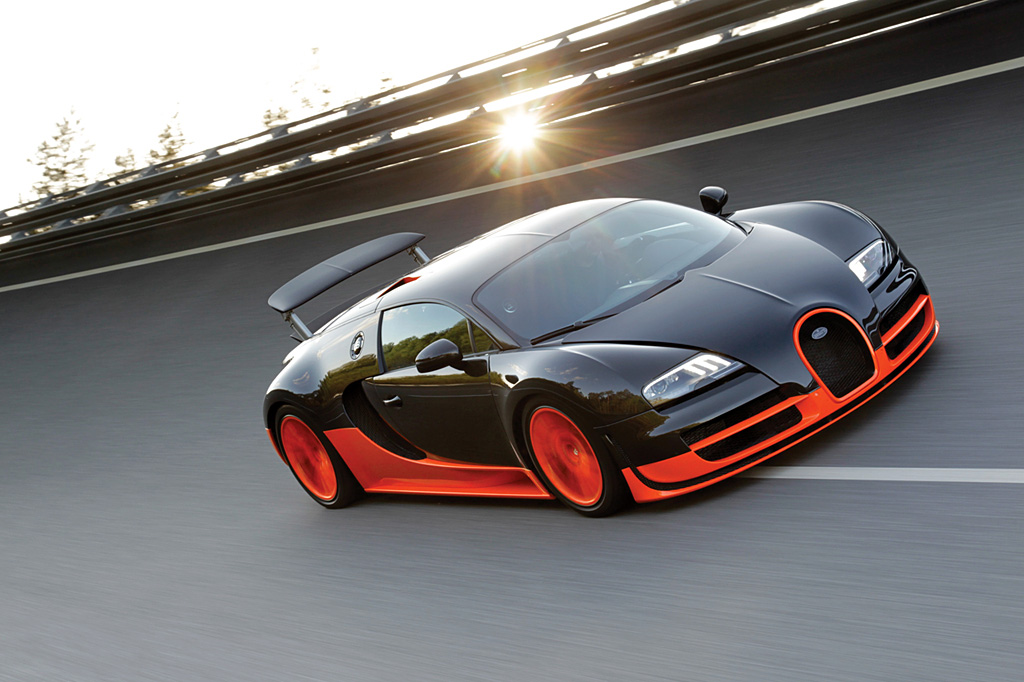
On a beautiful sunny day at 25 degrees the Bugatti Veyron 16.4 Super Sport achieved a new landspeed world record for production cars, on the proving grounds of the Volkswagen Group at Ehra-Lessien (nearby its headquarters at Wolfsburg). In the presence of the German Technical Inspection Agency (TÜV) and a representative of Guinness Book of Records the Super Sport achieved an average top speed of 431 km/h.
McLaren P1
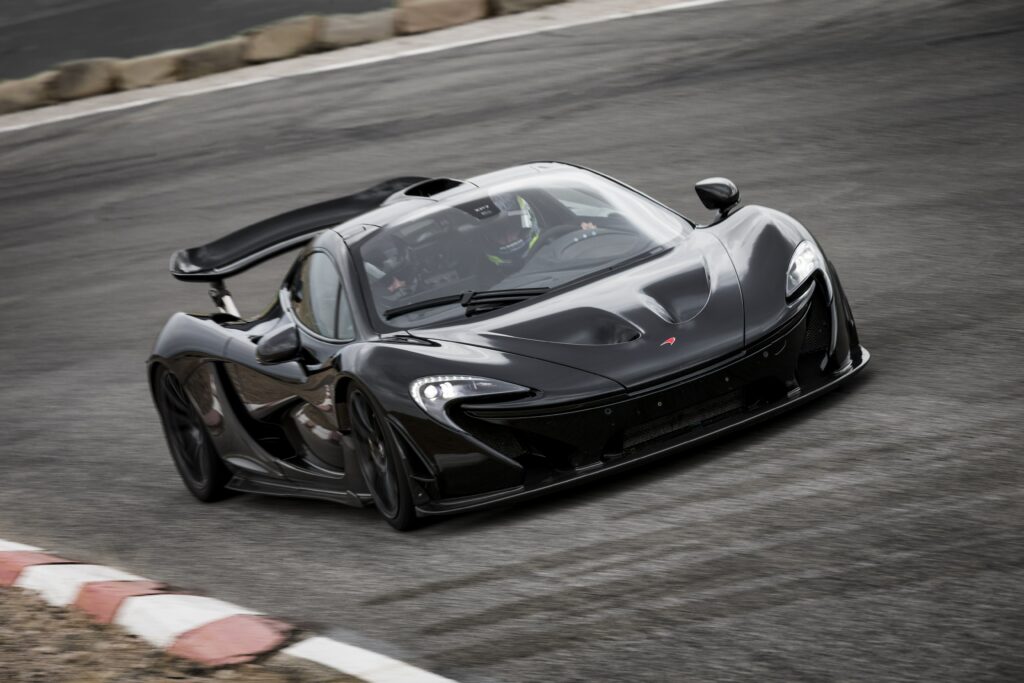
Compared to the controllable yet vivacious characters of the cars it met when it emerged in production in 2013 – the Ferrari LaFerrari and Porsche 918 Spyder – the P1 delivered an altogether more sinister side, gaining it a reputation for having more of a bite. We know it is controversial but we are calling the McLaren P1 the winner of the hypercar fight against the 918 and LaFerrari. The design is wind-tunnel driven and it is the most aggressive McLaren we have ever seen. The performance is utterly outrageous. The top speed may be below the F1 – an electronically limited 217 mph to the F1’s 240+mph VMax – but absolute maximum speed is not what P1 is about. A 1547 kg car with 903hp is not going to hang about off the line, and the P1 makes the dash from 0-62mph in 2.8 seconds. 186 mph comes up in just 16.5 seconds from standstill. That power comes mostly from a twin-turbo 3.8-litre V8 – the same as used across the McLaren range, but tweaked to output 727 hp and 531 lb/ft of torque – combined with a lightweight and KERS-fed electric motor, that puts a further 176 hp and 192 lb/ft at the driver’s disposal. That power reaches the rear wheels via seven-speed twin clutch gearbox
Porsche 918 Spyder
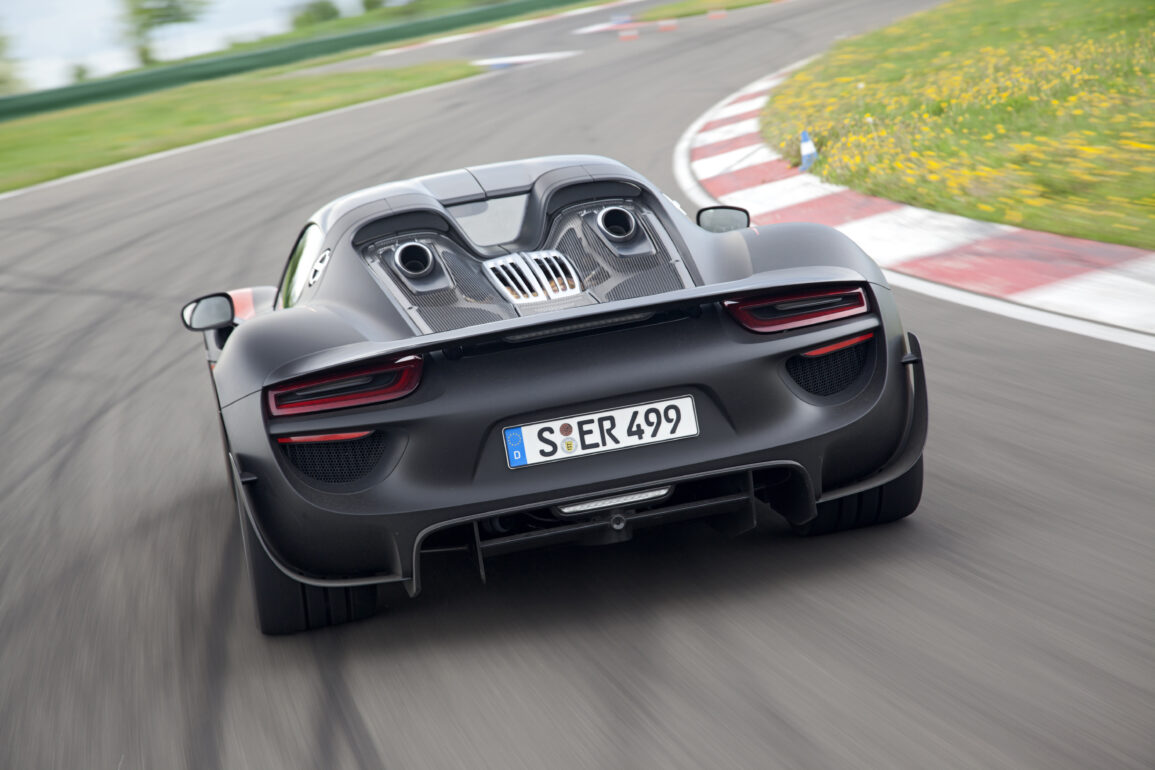
With the engineering might (and budget) of Porsche behind it, and drawing upon the company’s experience of racing hybrids in endurance racing, the 918 Spyder managed to undercut its rivals on price, while providing arguably the most complete road car package of the holy trinity. Appropriately, 918 examples of the Spyder were promised, with Porsche digging deep into its motorsport knowledge to produce technology that provided world-beating performance, as well as reducing fuel consumption. As you’d expect for a top-of-the-range Porsche, the 918 Spyder’s performance is simply blistering. This car is far from all show and no go. Power comes from a mid-mounted, race car-derived 4.6-litre, 608hp V8 teamed with two electric motors, with the rear producing the equivalent of 154hp and the front – driving just the front wheels up to 146 mph – producing 127 hp. The combined output of the system is somewhere in the region of 887 hp. 0-62 comes up in around 2.8 seconds, with a top speed somewhere north of 211 mph.
Lamborghini Gallardo LP570-4 Super Trofeo Stradale
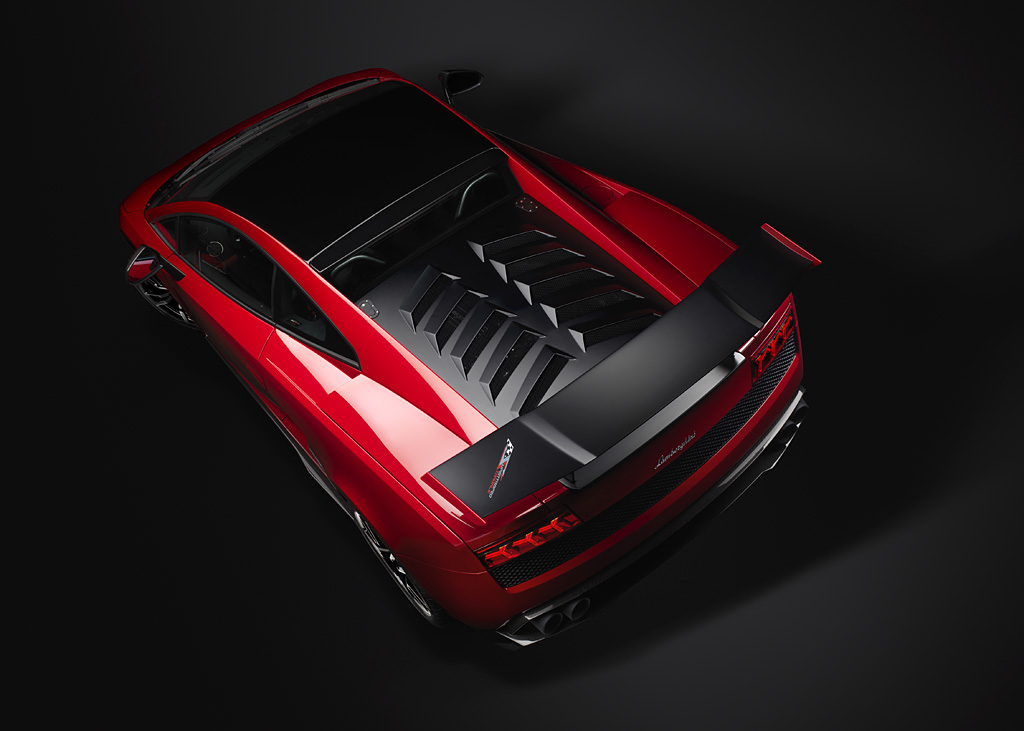
This new and most extreme top model in the Gallardo lineup is based on the successful race car from the Lamborghini Blancpain Super Trofeo, the world’s fastest single make series. The car will be produced in a limited run of 150 numbered units.
The Lamborghini Blancpain Super Trofeo championship brings professional racers and gentlemen drivers face-to-face in fiercely fought battles on Europe’s most challenging racetracks such as Monza, Silverstone and Hockenheim. There are many similarities between the racing and road versions of this super sports car. For example, they both share the same V10 powerplant, which is used in the racing version with no modifications.

